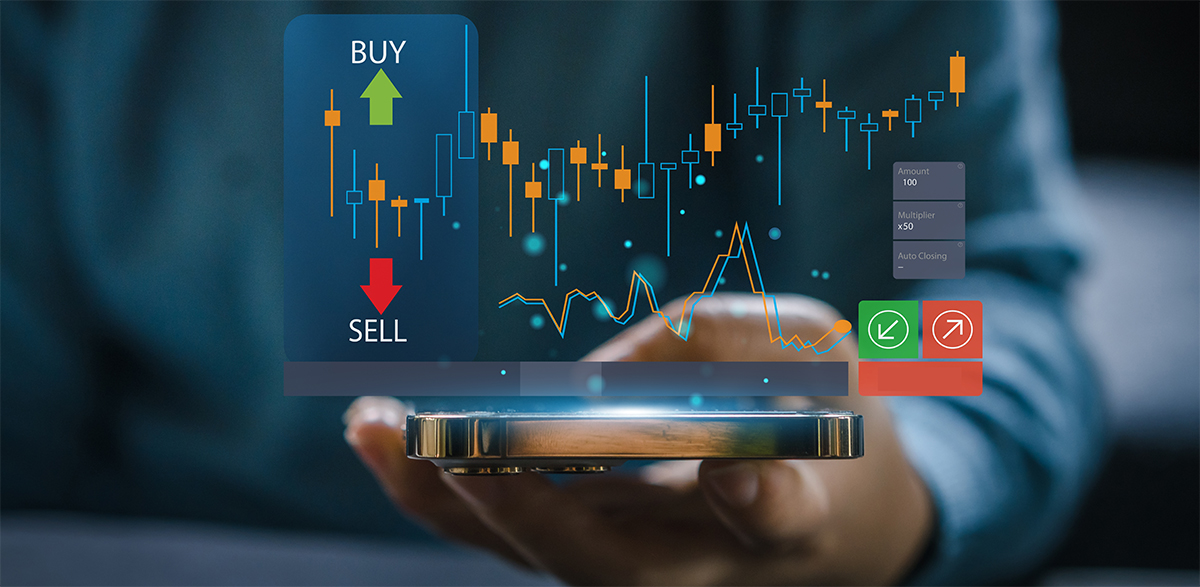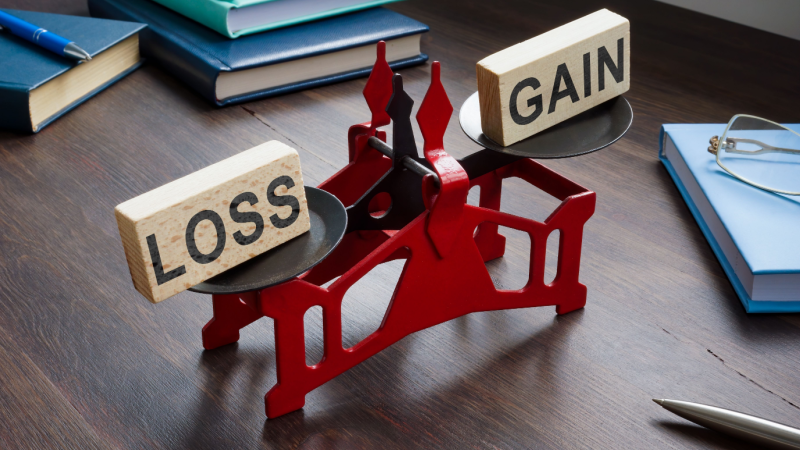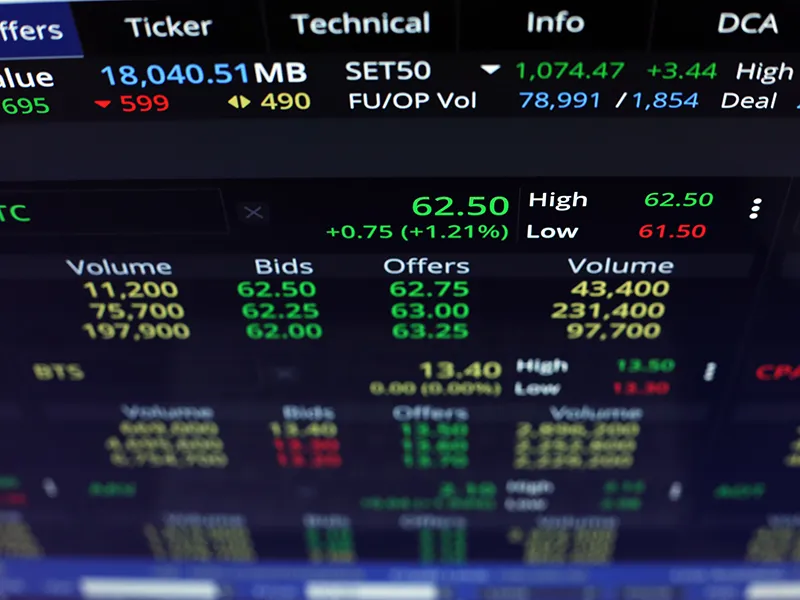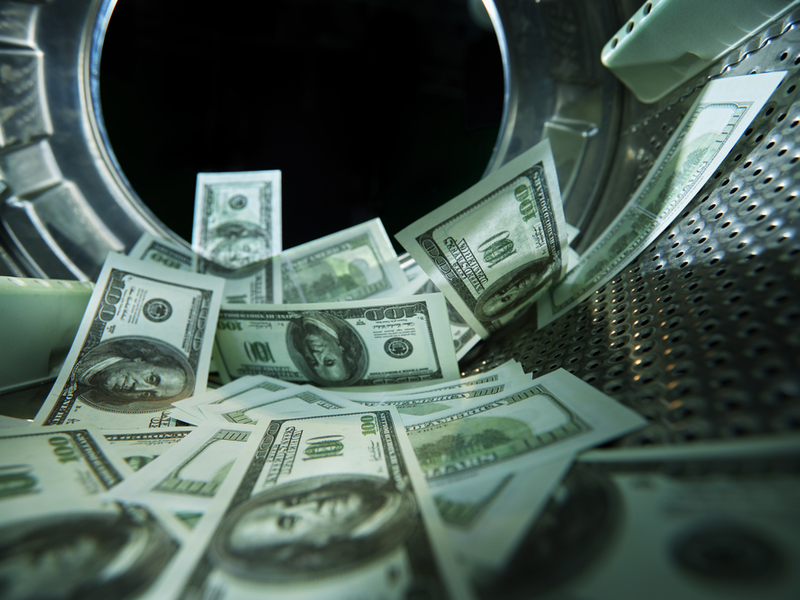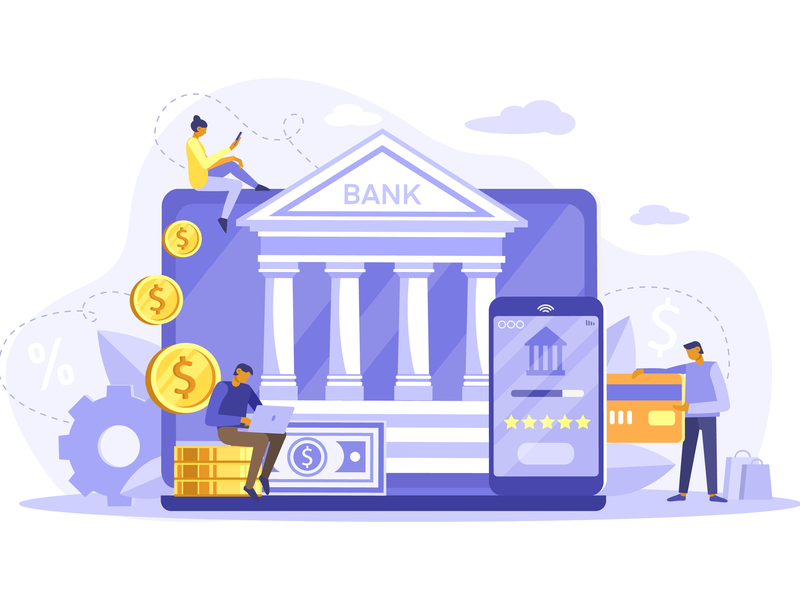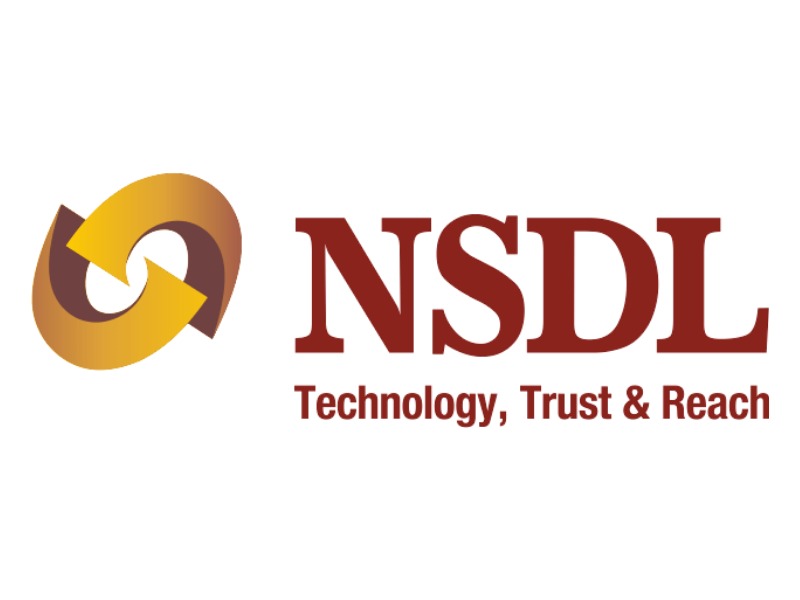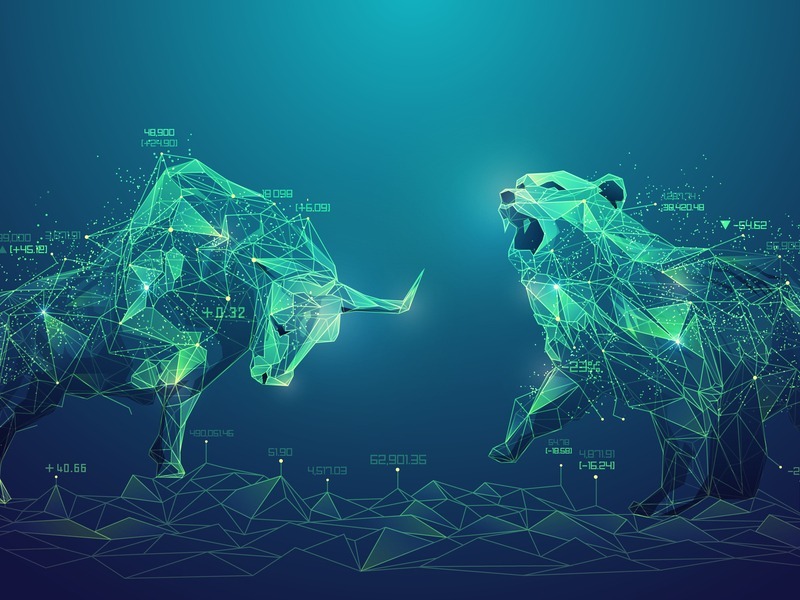
Investment in stocks and other similar investment products can be through the capital markets. It is where the securities are bought and sold. The term capital market essentially includes the primary market and secondary market where the investors and traders can get access to various types of securities like bonds, shares, debentures, etc. For an average investor, however, the terms primary markets and the secondary market may not be clear. This is due to the fact that they are not used as often. However, the basic knowledge of the market and its terms should be the first point of reference for any investor or trader to ensure sufficient awareness of the market and the way it functions.
Keeping this view in mind, given below is the basic meaning of the terms primary market and secondary market and the key differences between the two.
What are primary markets?
The primary market is where the securities are issued for the first time for the public to subscribe to it. Corporates and government can raise funds by issuing their equity or debt-related securities on the primary markets. This money can be used for the purpose of investing in key infrastructure for the country, allocating the funds to a social benefit causes in the country, buying a new plant and machinery for the business or replacing an existing one, opening a new line of business, expansion of the existing business, etc.
Shares on the primary market can be subscribed through IPOs (Initial Public Offers). However, there are other sources of raising funds through the primary markets. Some of such sources are,
- Further Public Offer (FPO)
- Rights issues
- Bonus issues
- Offer for Sale
- Issue of Indian Depository Receipts (IDR), etc.
Primary markets are the first point of introduction for any security to reach the investors. It is the market where long-term investment options are up for a subscription for the investors.
Features of primary markets
Some of the top features of primary markets are:
- Companies raise capital by issuing new stocks or bonds to the public for the first time.
- Investors can buy new securities directly from the issuer or through underwriters who purchase the securities from the issuer and then sell them to the public.
- The pricing of new securities is usually determined through an IPO or FPO process.
- The primary market offers investors the opportunity to invest in new, potentially high-growth companies.
- The primary market is regulated by government agencies to ensure that investors are protected from fraudulent or misleading practices.
What are secondary markets?
After the shares and other securities are initially introduced in the primary market, they are traded on the secondary market. Investors can buy securities like Treasury bills, commercial papers, shares, bonds, etc. on the secondary market. This market can be further classified into two types namely the auction market and Over The Counter (OTC) market. The auction market is trading of the securities on the stock exchange. On the other hand, the OTC market, also known as the dealers market, is where investors and traders can trade in the securities without the formal platform of a stock exchange. Secondary markets are known for their liquidity and low transaction costs due to high volumes of trade as well as fair trading practices governed by various rules and regulations laid in place to protect the investor’s interests.
Features of secondary markets
Some of the top features of secondary markets are:
- Secondary markets are where investors buy and sell existing securities that were previously issued in the primary market.
- In the secondary market, securities are traded on stock exchanges, such as the New York Stock Exchange (NYSE) or the National Stock Exchange (NSE) in India.
- The prices of securities in the secondary market are determined by market demand and supply, based on the perceived value of the underlying company’s stock or bond.
- These offer investors the ability to buy and sell securities at any time, providing liquidity to the market.
- Secondary markets play a crucial role in the economy by facilitating the flow of capital between investors and companies, as well as enabling investors to manage risk and adjust their portfolios.
What are the differences between the primary markets and secondary markets?
After learning the basic meaning of primary and secondary markets, let us now discuss the basic differences between the two.
| Category | Primary markets | Secondary markets |
| Meaning and another name | Primary markets are the first point of reference for the investors to invest in any company through their fresh issue or other similar options like FPO, bonus shares, rights shares, etc.Another name for this market is New Issue Market (NIM). | Secondary markets allow the investors and traders to deal in securities already issued in the primary market. Another name for this market is the share market or the aftermarket. |
| Mode of purchasing an instrument | The instruments in the primary markets are purchased directly from the issuer. | The securities on the secondary markets are purchased through secondary channels and the primary issuers are not necessarily involved. |
| Participants and beneficiaries | The parties involved in primary markets are the issuers of the securities (companies or government) and the investors.The beneficiaries of this market are the companies. | In the secondary market, all of the tradings are done between the investors and other participants like brokers.The beneficiaries of this market are the ultimate investors. |
| Mode of financing for | The funds generated from the primary market can be used for expansion of business, creation of a new business, diversification, etc. | Secondary markets do not provide any kind of financing for any party. This market is purely a platform for investors to easily trade in their choice of securities. |
| Number of times security can be sold | In the primary market, an asset or security can be sold to the investor only once when it is initially offered for subscription to the public. | In the secondary market, the asset or the security can be sold multiple times depending on its demand and supply. |
| Prices | The prices of the shares are fixed by the company in the primary markets. | The prices of the security are fixed among the investors based on the functions of demand and supply |
| Products | The key products available on primary markets are IPOs and FPOs. | The products available on the secondary market are shares, bonds, debentures, derivatives, etc. |
| Modes to identify investment quality | In primary markets, investors have to rely on the prospectus of the IPO and the initial buzz around it to determine the quality of the investment. | In the secondary markets, investors have various sources like technical and fundamental analysis of the products to determine their quality. |
| Regulations | In primary markets, the company issuing the security has to meet various guidelines and regulations as per the prevailing Acts and governing bodies to ensure due diligence and safeguard investors’ interests | The participants of the secondary markets are governed by the rules and regulations set by SEBI and the respective stock exchanges. |
| Organizational presence | Primary market does not have any organizational setup. | Secondary markets have both the geographical setup and a definitive organizational presence for the benefit of the investors. |
Conclusion
Primary and secondary markets function hand in hand to provide investment opportunities to the investors at various levels. These markets come with their own set of risks that have to be understood and monitored by the investors to ensure that they can manage the risks involved in investing and meet the sole intention of maximizing their wealth
FAQs
The ultimate beneficiaries of primary and secondary markets are the company and the investors respectively
No. On the primary markets, security can be sold only once when it is offered to the public for subscription.
In the secondary markets, the prices of the assets and securities are decided based on the demand-supply function.
Derivative market is part of the secondary markets.
The other name for primary markets is New Issue Market (NIM).
















